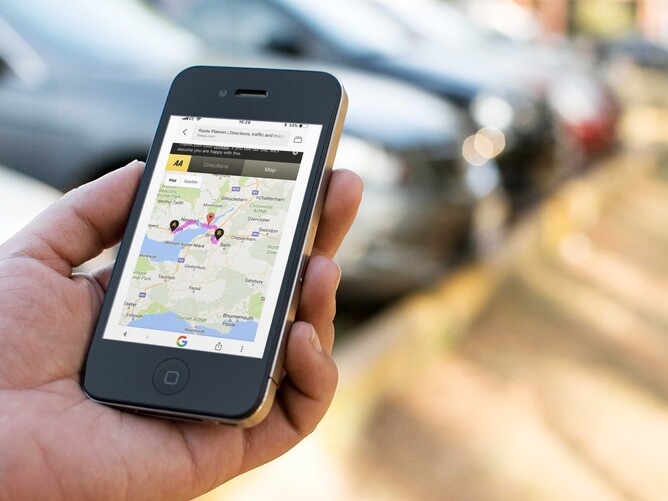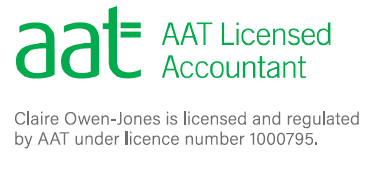If you are self-employed and own a car, the chances are there will be some motor expenses which we can bring into your accounts to reduce your tax bill.
Claiming your motor expenses can be a little trickier than most of your other business expenses, as it is highly likely that your car will have a mixture of both business and personal use.
Because of this duel use, you cannot simply collect your receipts and offset them all against your profits.
How can I claim my motor expenses?
There are two methods of claiming the cost of your business-related motor expenses. The first is through mileage claims and the second is related to the business usage of your car.
In my experience I have found that clients find mileage easier to claim but harder to record, and usage harder to claim but easier to record.
If this is your first year (or first time) claiming motor expenses, I recommend that you run both methods side by side and then select your favourite. I’ll explain why later on.
What is classed as business usage?
Not every mile that you travel for work is a business mile.
If you drive to a regular place of work, then this is classed as your commute, so it should not be included within your business use percentage.
This could be an office or retail unit that you work from. It could be driving to your contractor’s workshop or the firm whom you do freelance work for on a regular basis.
Business use is the miles where you travel to see clients, travel to temporary places of work, training courses, buy stock and so on.
You may find that once you remove the commute from your calculation that you actually do very few business miles.
How should I record my business mileage?
If you decide to claim for your business mileage, then I recommend keeping a record or log of the mileage.
This is so you can support the claim, should anyone such as HMRC, ask for the detail behind it.
How you decide to record your mileage is up to you.
You can keep a simple note book where you detail each journey. This could consist of your postcode, the postcode of the destination and the mileage between them.
Or if tech is a more tempting option then you can download and use apps such as TripCatcher which can utilise the GPS on your mobile phone to track your journeys for you.
Whatever method you use, you then simply add up the miles and multiply it by 45p. You can then pay yourself this total at a time that suits; be that monthly, quarterly or annually to offset against your actual motor costs.
Claiming business usage of your car
The other method of claiming motor expenses is to consider the overall business usage of your car.
To do this you need to work out what percentage of your car use is business related.
That is the complicated bit.
Your business can pay for all your motor expenses as normal. That’s the petrol, insurance, tax, services, repairs and so on.
You can then either enter the business percentage of the expenses into your accounts or bring in the full amount and add back the personal use as a disallowable expense within your tax return. Whatever method you choose, you will only be able to obtain tax relief on the business element.
It is worth making a note of how you came to the chosen percentage. You may also want to review this on an annual basis to ensure that the percentage is still accurate.
Can I alternate between mileage and business usage?
You can only use one method of calculating motor expenses per vehicle.
This means that if you have two cars that you use for business; such as your own and your partners. Or a car and a van. You can choose to claim the business use of the actual costs for the main vehicle and then the mileage for the one you use less often.
If you only have the one car and decide to claim mileage, you cannot then change to business usage the following year.
Instead, you must select one method and use that whilst the car is in your ownership. If you were to change vehicles, you can then select to calculate the motor costs using the alternative method.
This is the reason I recommend running both mileage and business usage alongside each other for the first year or at the very least, the first few months. I appreciate that this is a bit of a faff, but it should give you a better idea of what one works out more favourable for you.
For help calculating your mileage, the AA route planner is a great place to start. Of you can find out more about the TripCatcher app here.







